Growing Mustard Greens.
It’s a Southern thing! Simmered with chunks of onion, ham hocks and a bit of crushed red pepper, mustard greens are a classic. Dress them up with cornmeal dumplings and you’ve got a meal. With massive amounts of vitamins K & A, they are not just delicious, they are one of the world’s healthiest foods. Simply sauté baby mustard greens with garlic and a tiny bit of brown mustard for a quick side dish.
Requiring little care, mustard green seeds can be directly seeded in the garden 3 weeks before the last spring frost. They do not do well in hot weather, so plant again mid to late summer for a fall crop. Plant 1/2″ deep and thin to 6″ to 12″ apart in rows 2′ wide. Mustard prefers loose, well drained soil and even moisture. To harvest, cut the outer leaves with a knife or scissors when they are 4″ to 6″ long.
The interest in using mustard as a cover crop has increased the last few years. Mustard has demonstrated their importance in protecting water quality and improving soil fertility. One area where we are seeing some amazing benefits is in the area of pest management. Mustard has shown promise in biological pest control such as weed suppression, attraction of beneficial insects and as a biofumigant.
Good companion crops are nasturtiums, dill, fennel and mint. Bad companion crops are sunflowers and beans.
-
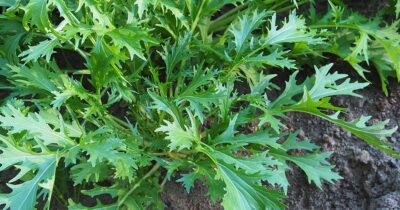
Mustard – Mizuna
$2.60 – $22.40 -

Spinach – Nobel (Giant Thick Leaved)
$2.60 – $15.50 -
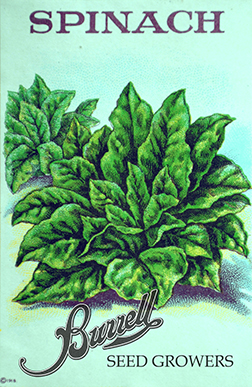
Spinach – Hybrid NO. 7
$2.60 – $28.10 -
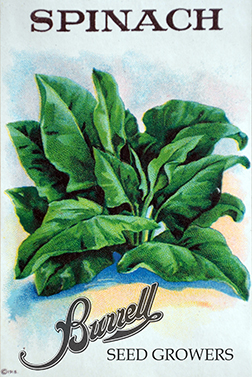
Spinach – Bloomsdale Long Standing
$2.60 – $15.20 -

Greens – Amarath Midnight
$2.60 – $38.10 -

Greens – Arugula
$2.60 – $15.20 -

Greens – Starburst Mesclun Mix
$2.60 – $71.20 -
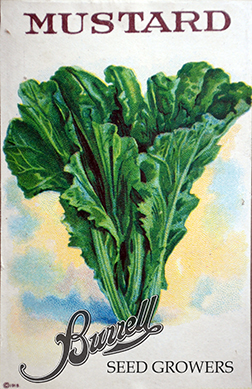
Mustard – Tendergreen
$2.60 – $24.60 -
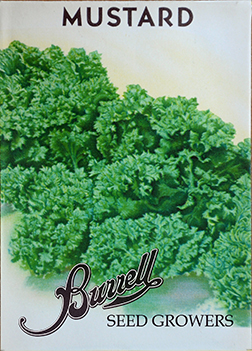
Mustard – Southern Giant Curled
$2.60 – $15.80 -
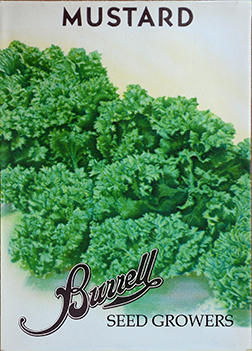
Mustard – Green Wave
$2.60 – $21.20 -

Mustard – Florida Broadleaf Leaf
$2.60 – $14.00 -
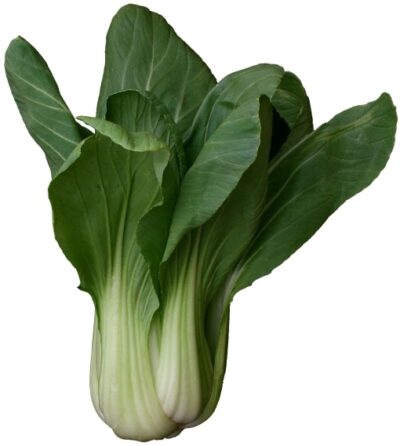
Greens – Pac Choi Cabbage
$2.60 – $15.50 -
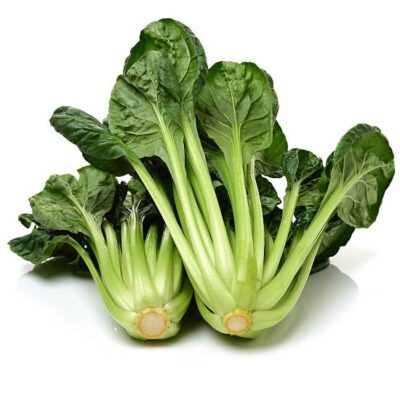
Greens – Tatsoi Cabbage
$2.60 – $15.50 -
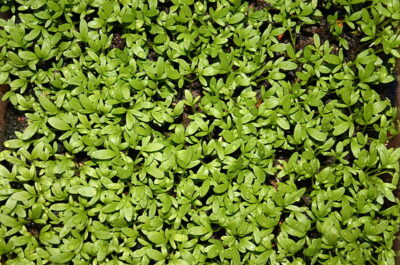
Cress – Peppergrass
$2.60 – $14.60 -
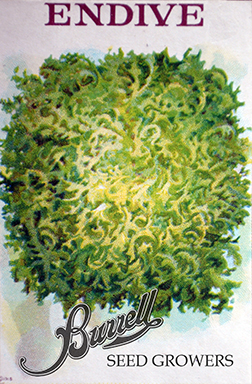
Greens Endive – Salad King
$2.60 – $60.10 -
Sale!
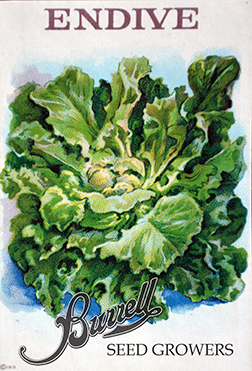
Greens Endive – Broadleaf Batavian Escarole
$2.47 – $19.57
-

Mustard – Mizuna
$2.60 – $22.40 -

Spinach – Nobel (Giant Thick Leaved)
$2.60 – $15.50 -

Spinach – Hybrid NO. 7
$2.60 – $28.10 -

Spinach – Bloomsdale Long Standing
$2.60 – $15.20 -

Greens – Amarath Midnight
$2.60 – $38.10 -

Greens – Arugula
$2.60 – $15.20 -

Greens – Starburst Mesclun Mix
$2.60 – $71.20 -

Mustard – Tendergreen
$2.60 – $24.60 -

Mustard – Southern Giant Curled
$2.60 – $15.80 -

Mustard – Green Wave
$2.60 – $21.20 -

Mustard – Florida Broadleaf Leaf
$2.60 – $14.00 -

Greens – Pac Choi Cabbage
$2.60 – $15.50 -

Greens – Tatsoi Cabbage
$2.60 – $15.50 -

Cress – Peppergrass
$2.60 – $14.60 -

Greens Endive – Salad King
$2.60 – $60.10 -
Sale!

Greens Endive – Broadleaf Batavian Escarole
$2.47 – $19.57
Growing Mustard Greens.
It’s a Southern thing! Simmered with chunks of onion, ham hocks and a bit of crushed red pepper, mustard greens are a classic. Dress them up with cornmeal dumplings and you’ve got a meal. With massive amounts of vitamins K & A, they are not just delicious, they are one of the world’s healthiest foods. Simply sauté baby mustard greens with garlic and a tiny bit of brown mustard for a quick side dish.
Requiring little care, mustard green seeds can be directly seeded in the garden 3 weeks before the last spring frost. They do not do well in hot weather, so plant again mid to late summer for a fall crop. Plant 1/2″ deep and thin to 6″ to 12″ apart in rows 2′ wide. Mustard prefers loose, well drained soil and even moisture. To harvest, cut the outer leaves with a knife or scissors when they are 4″ to 6″ long.
Good companion crops are nasturtiums, dill, fennel and mint. Bad companion crops are sunflowers and beans.
